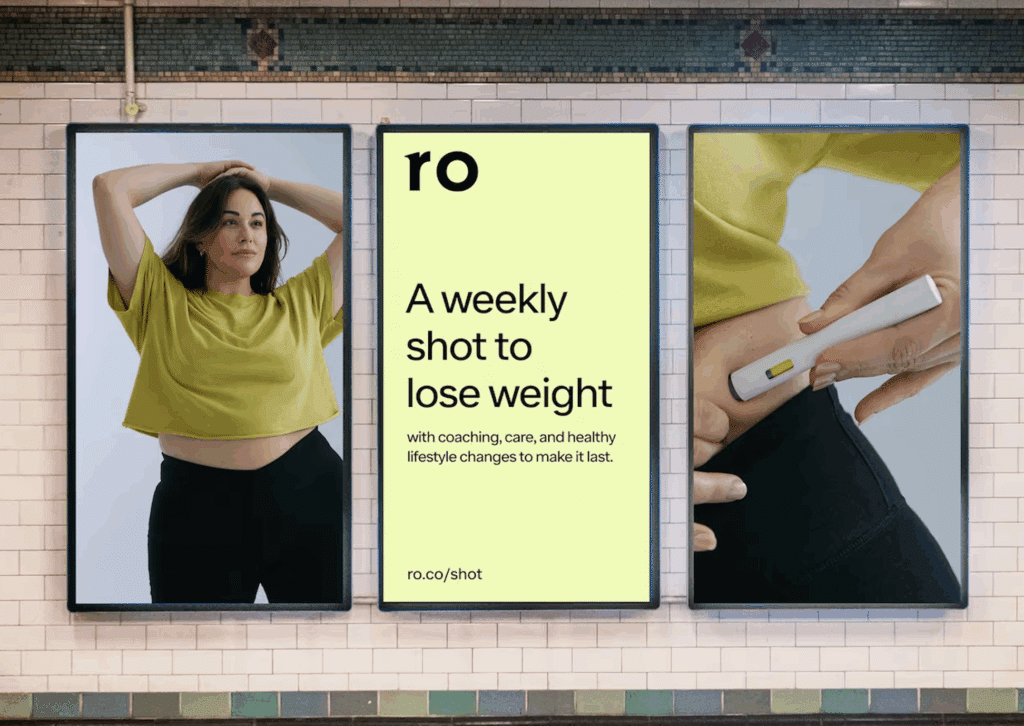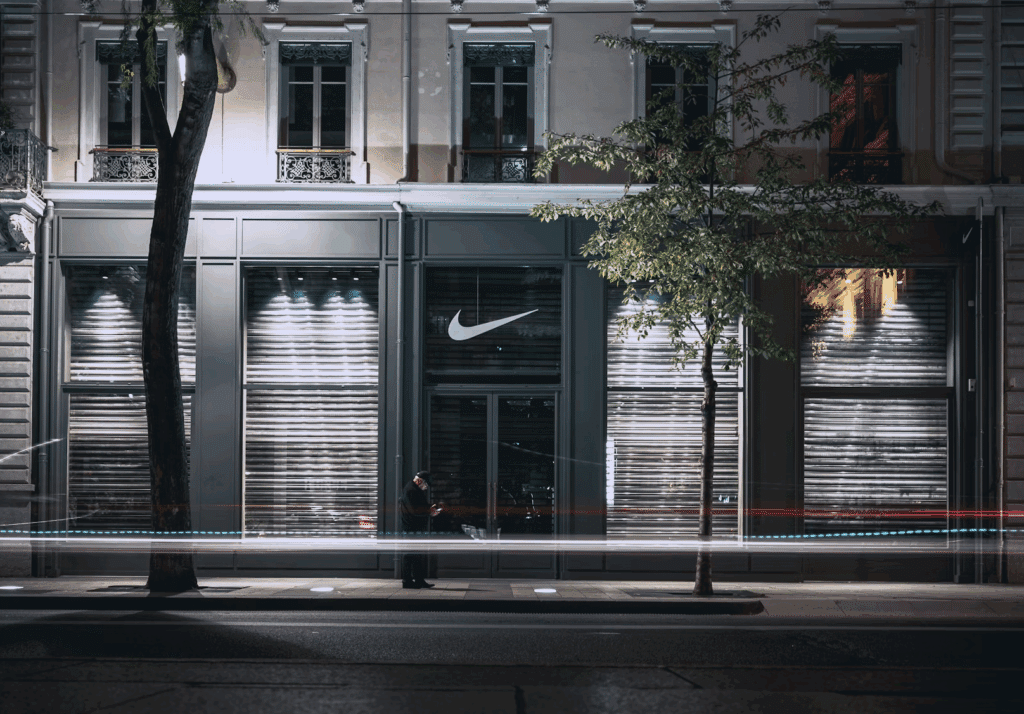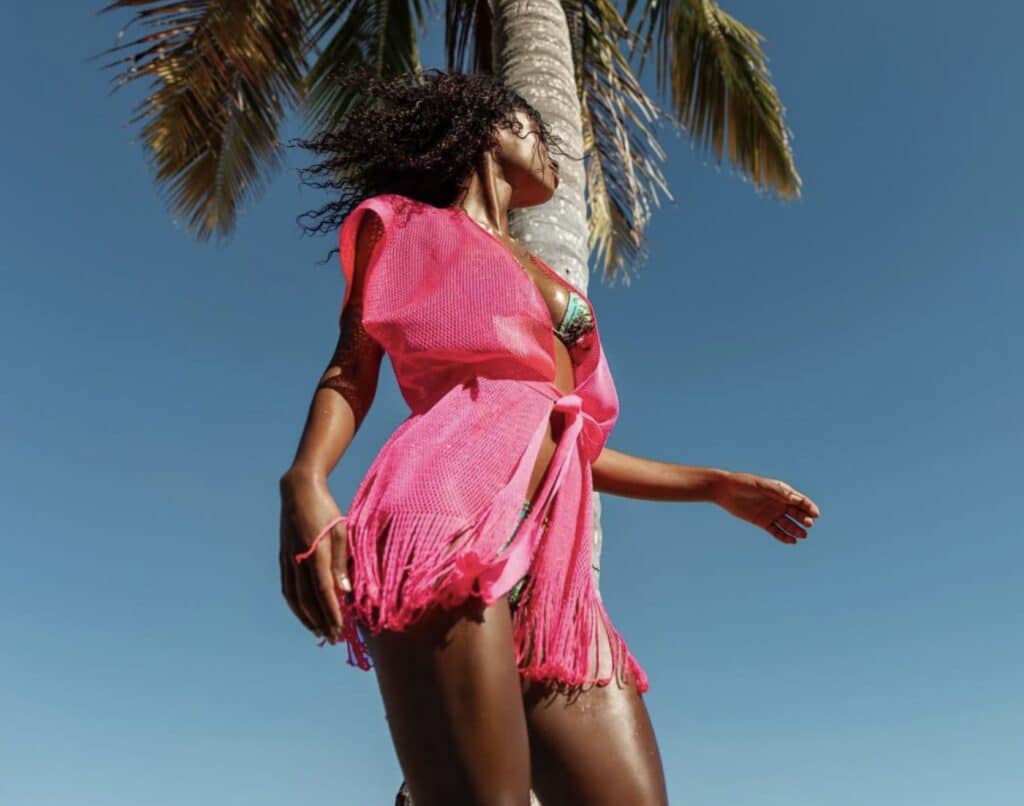In the U.S. pharmaceutical market, the battle over obesity drugs has moved beyond the lab and into the courtroom, as an eye-watering number of medspas and telehealth startups market GLP-1 products – often in compounded, non-FDA-approved form – to meet surging consumer demand. Novo Nordisk is behind the significant swell in litigation. The Danish pharmaceutical giant that makes Ozempic and Wegovy – two of the hottest and most talked-about consumer brands in the market right now – has been intensifying its trademark litigation strategy, filing more than 130 lawsuits across 40 states, per Reuters, in an effort to crack down on companies that produce or promote these compounded versions, citing patient safety and trademark infringement concerns.
The targets of these cases range from compounding pharmacies to medspas, and in taking on a quickly-growing pool of defendants, Novo Nordisk leans heavily on safety concerns: It consistently alleges in its complaints and other filings that compounded semaglutide products may use unapproved salt forms, come from dubious bulk suppliers, or lack the quality controls that the FDA-approved products undergo.
But while safety explains why these products are undesirable, trademark law is Novo’s weapon of choice for how to remove them from the market. In the vast majority of the cases, Novo Nordisk alleges that the defendants are misusing its trademarks by marketing compounded semaglutide products in a way that falsely suggests they are the company’s FDA-approved drugs. By centering the litigation on the improper use of the “Wegovy” and “Ozempic” names, the pharma giant is not just addressing the risks associated with these unauthorized drugs, it is reinforcing that these brand names are premium, tightly controlled assets.
The Luxury Playbook
Novo Nordisk’s strategy is not foreign when it comes to the approach taken by some of the most carefully-protected names in the consumer goods space – whether they be the makers of luxury watches, coveted handbags, or the hottest sportswear goods. After all, certain consumer goods groups are notorious for guarding their trademarks fiercely, not just to stomp out the sale of infringing goods, but to dictate exactly where, how, and to whom their products are sold.
The message here is clear: Allowing products – either infringing or authentic – to appear in unauthorized distribution channels and/or to be marketed and sold in a manner that the brand does not endorse threatens to chip away at the ethos and ecosystems that luxury brands work so hard to carefully curate and maintain.
The same goes for Novo. By cutting off compounding pharmacies and unsanctioned telehealth sellers, Novo is not only protecting patients; it is protecting the controlled distribution system – namely, NovoCare Pharmacy, its own direct-to-patient distribution channel, where pricing, fulfillment, and brand messaging are centrally managed – that keeps its brand value high.
The Stakes: Cash & Cultural Cachet
GLP-1 drugs have exploded in popularity not just because they work, but because they have become cultural signifiers – name-dropped in connection with slimmed-down celebrities, discussed in mainstream magazines, and turned into memes on social media. The likes of Wegovy and Ozempic have broken out of the purely medical conversation into mainstream culture. They come up in late-night monologues, rap lyrics, and lifestyle articles; outlets from The New York Times to Vogue have treated them as both a medical breakthrough and a social phenomenon.
The association with celebrity use, whether confirmed or rumored, adds to the aspirational image of these medications. In some social circles, being able to access a GLP-1 drug – despite the cost, supply constraints, or lack of insurance coverage – can function as a new form of status indicator, particularly as luxury consumers come to value health and wellness just as much (if not even more than) conventional personal luxury goods.
That perception is reinforced by scarcity: at retail prices exceeding $1,300 per month without insurance, and with intermittent shortages, getting Wegovy or Ozempic often requires money and sometimes, connections. This scarcity mirrors the economics of luxury goods – when something is hard to get, it gains social cachet. On TikTok and Instagram, the drugs have developed their own hashtag ecosystems, often in aspirational lifestyle contexts rather than purely medical discussions.
In short: These brands are no longer just medications; they are, in some sense, status symbols to some extent, and that status has tangible economic value.
Pharma as a Consumer Business
Pharmaceuticals are often seen as a world removed from more traditional consumer products like fashion or luxury goods. But when a drug becomes a household name, is endorsed (explicitly or implicitly) by celebrities, and wrapped in scarcity, it starts behaving more like a coveted consumer brand than a mainstream medication. In that world, controlling the name, the experience, and the point of sale becomes even more critical for Novo Nordisk than it is for the likes of Chanel or Rolex.














